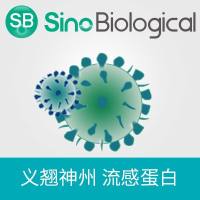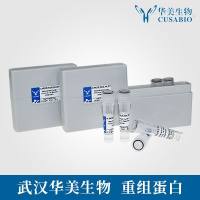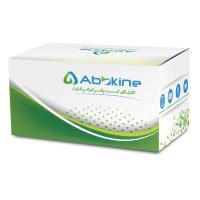Using Pharmabase to Perform Pharmacological Analyses of Cell Function
互联网
- Abstract
- Table of Contents
- Figures
- Literature Cited
Abstract
Pharmabase is designed to form a bridge between the molecular dimension of cell transport processes and the functional manipulation of the protein players. It has as its emphasis membrane transport and related pharmacology. Several search and navigation options are available, including membrane transport, disease, and a graphic interface arranged by pathway and cell type. The level of entry to the database can be tailored to the investigator's level of expertise. The final product of Pharmabase is a Compound Record detailing the use and targets of individual compounds. Navigation routes generally fall into hierarchical keys and are cross?referenced. Pharmabase encourages input from its user community. It is maintained by the BioCurrents Research Center, an NIH resource funded through the National Center for Research Resources (NCRR).
Keywords: Pharmacology; Channels; Pumps; Carriers; Protein transporters
Table of Contents
- Basic Protocol 1: Navigating the Home Page of Pharmabase Using Compound and Subject Search
- Basic Protocol 2: Using the Subject Navigator: Membrane Transport
- Basic Protocol 3: Searching Pharmabase by Biochemical Pathway or Cell Structure Targets
- Basic Protocol 4: Using the Graphic Navigator: Searching Cell Type or Pathway
- Commentary
- Literature Cited
- Figures
Materials
Figures
-
Figure 14.2.1 Pharmabase Home Page illustrating the basic layout of the site and the major navigation routes. Details and disclaimers are presented as text on the right. View Image -
Figure 14.2.2 Clicking the [more] link next to a compound name opens up the Compound Record directly. Interpreting the Compound Record is discussed in . View Image -
Figure 14.2.3 An example of the expanded subject listing after exploding the Subject Tree. Membrane Transport was selected from the Subject Navigator on the Home Page. View Image -
Figure 14.2.4 Example of using the Subject Navigator to descend through the hierarchical tree via a series of simple choices. View Image -
Figure 14.2.5 The Web page presented when the end of the hierarchical tree for the Vacuolar‐Type Proton Pump is reached. To the left is the route, to the right, three compounds that target the V‐Type. View Image -
Figure 14.2.6 The Compound Record for N‐ethylmaleimide (NEM), one of the agents listed in Figure as targeting the V‐Type. See the text for a description of the Record structure. View Image -
Figure 14.2.7 The Graphics Navigator illustrating the first searchable pathway of the pancreatic beta cell. Clicking the F1F0 pump on the mitochondrial membrane moves on to Figure . View Image -
Figure 14.2.8 The terminal point for the transporter F1F0 and targeted compounds after selection of the compound FCCP. The Compound Record is displayed to the right. View Image -
Figure 14.2.9 The structural components of Pharmabase . View Image
Videos
Literature Cited
| Barchan, D., Kachalsky, S., Neumann, D., Vogel, Z., Ovadia, M., Kochva, E., and Fuchs, S. 1992. How the mongoose can fight the snake: The binding site of the mongoose acetylcholine receptor. Proc. Natl. Acad. Sci. U.S.A. 89:7717‐7721. | |
| Greenberg, R.M. 2005. Are Ca2+ channels targets of praziquantel action? Int. J. Parasitol. 35:1‐9. | |
| McDonough, S.I. 2003. Peptide toxin inhibition of voltage gated calcium channels: Selectivity and mechanisms. In Calcium Channel Pharmacology, 1st ed. (S.I. McDonough, ed.). Plenum, New York. | |
| Rose, M.R. and Griggs, R.C. 2001. Channelopathies of the Nervous System, p. 347. Butterworth‐Heinemann, Burlington, Mass. | |
| Internet Resources | |
| Key References | |
| Ashcroft, F.M. 2000. Ion Channels and Disease. Academic Press, Inc., San Diego, Ca. | |
| A text that covers channels, receptors, and gap junctions, as related to disease. | |
| Hille, B. 2001. Ion Channels of Excitable Membranes. Sinauer Associates, Inc., Sunderland, Mass. | |
| An advanced biophysical text that covers channel properties in excitable cells. | |
| Piccolino, M. 1997. Luigi Galvani and animal electricity: Two centuries after the foundation of electrophysiology. Trends Neurosci. 20:443‐448. | |
| A general introduction, from an historical perspective, to excitable membranes. | |
| Stein, W.D. 1990. Channels, Carriers, and Pumps. Academic Press, Inc., San Diego, Ca. | |
| Although now dated, this is an excellent and well written introduction to the field of transmembrane transport mechanisms. |









